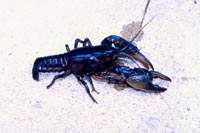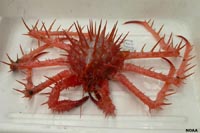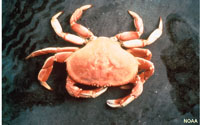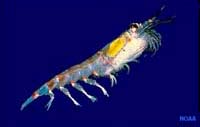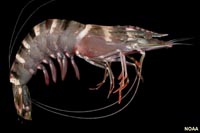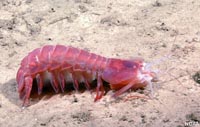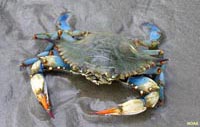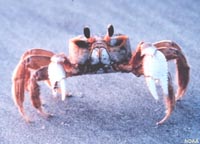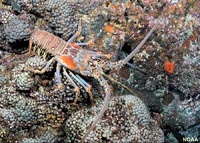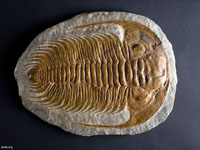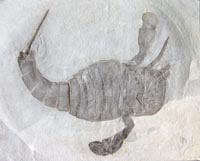15.9: Marine Animals in Benthic Environments - Arthropoda
- Page ID
- 10403
Arthropoda
Arthropods include insects, arachnids (spiders), myriapods (millipedes, centipedes), and crustaceans (lobsters, crabs, shrimp, and barnacles). Only crustaceans are abundant in the marine environment.
Arthropods have an exoskeleton (external skeleton), a segmented body, and jointed appendages (limbs) and cuticle made of chitin, often mineralized with calcium carbonate. The exoskeletons inhibits growth, so arthropods replace their rigid cuticle periodically by molting. Most species have compound eyes.
Arthropods appeared in the Cambrian period with trilobites a dominant group throughout the early Paleozoic Era. Eurypterids (sea scorpions) grew to over a meter in length in the Silurian Period. Most Paleozoic forms vanished at in the end of the Permian extinction event, but they have since successfully diversified into inhabit nearly all of Earth’s environmental settings. All insects are arthropods, but not all arthropods are insects. Amazingly, biologists estimate there may be between 6 to 10 million species of insects, but there are none known that live in the marine environment.



